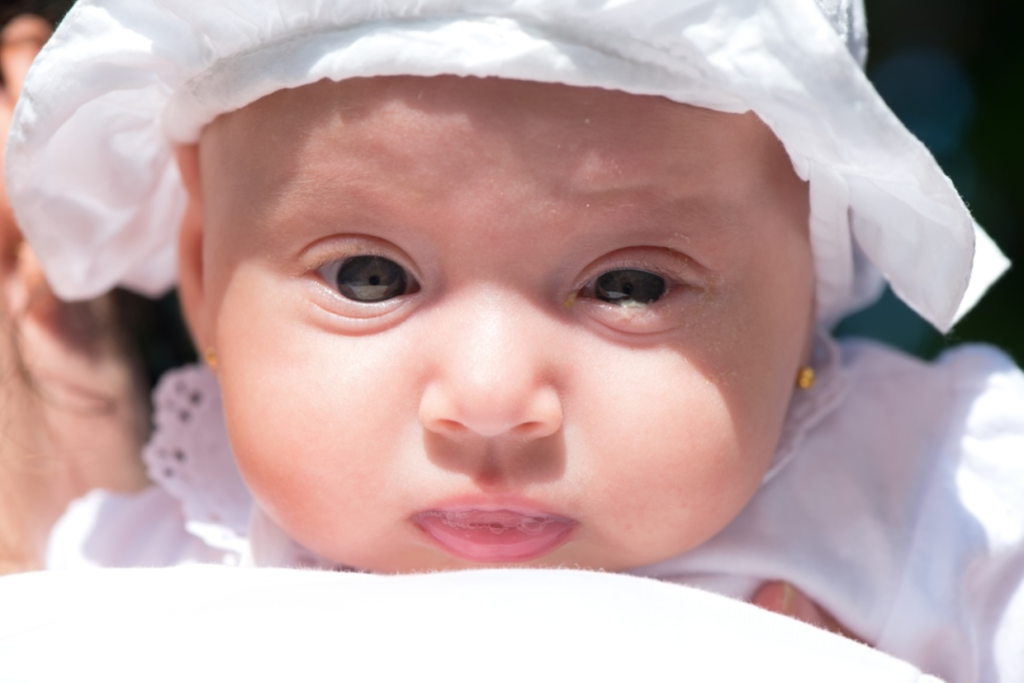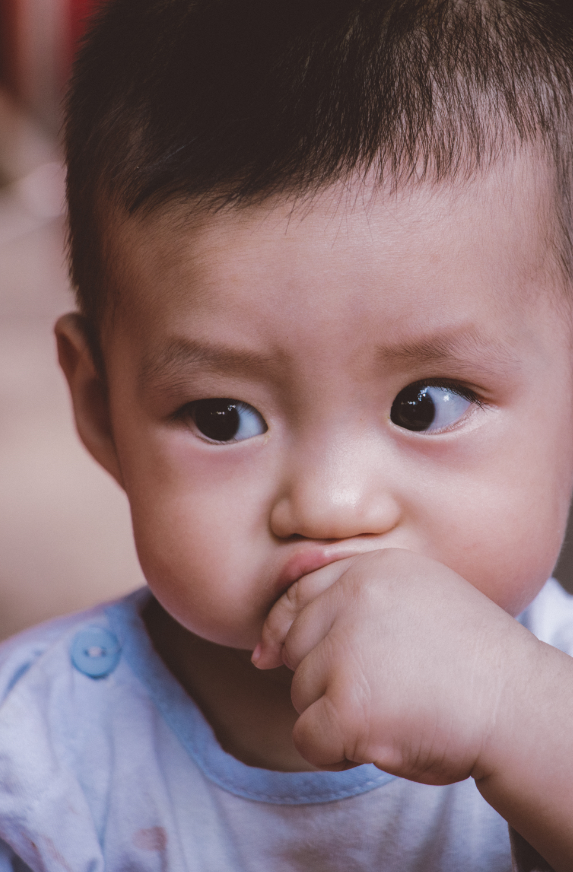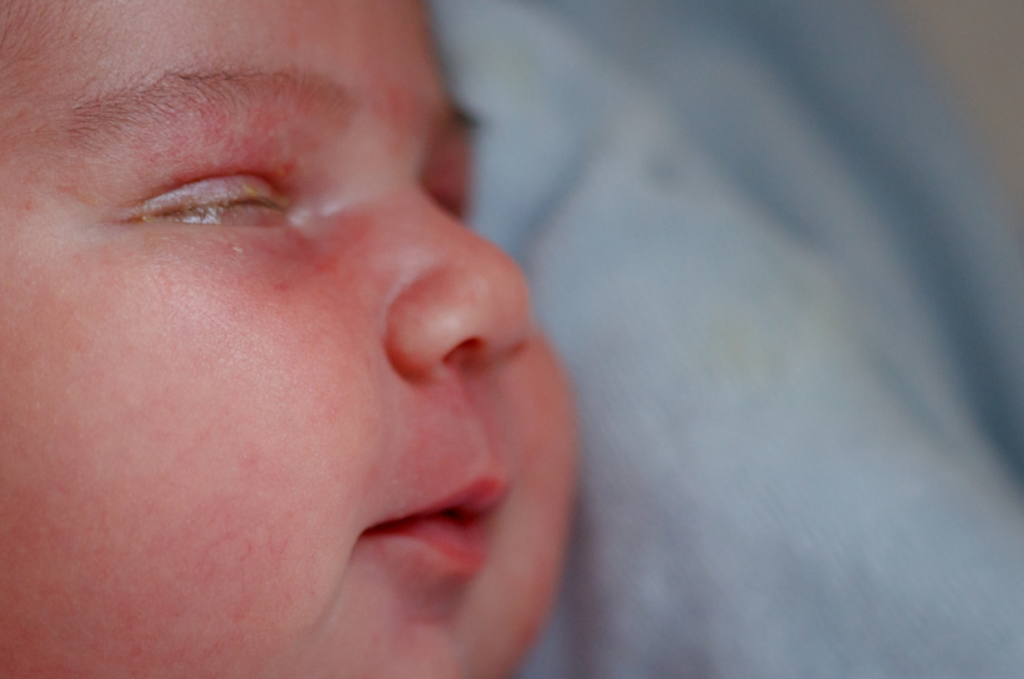My Newborn Baby Has Yellow Eye Discharge
For most parents, eye discharge in newborns can be really scary, especially when it forms obvious crusts on a baby's eye after a peaceful night's sleep. Eye discharge can be in form of excessive watering of the eye or drainage of pus from the eye. Most times, it is due to a blocked tear duct which is nothing much to worry about.
However, it can also result from a serious eye infection requiring urgent care. In this article, you'd learn all about eye discharge in newborns; what it is, the causes, symptoms, and treatment.
Don't Stop Reading!
What Is Newborn Eye Discharge?
The truth is, newborn eye discharge is something that's pretty common. It refers to the fluid that comes out of your baby's eye when he/she is asleep or not actively crying. In most cases, this discharge comprises of:
- Eye mucus
- Skin cells
- Body oil
- Natural debris
For most newborns, this eye discharge causes a thick crust to form on the eyes in the early parts of the day or even at night.
What Causes Newborn Eye Discharge?
Blocked tear duct
This condition is also referred to as nasolacrimal obstruction and it is a common cause of eye discharge in newborns.
Tears are produced in the lacrimal gland of the eye. The tear forms a film over the eye surface that helps to protect and clean it from time to time. This fluid constantly drains through the tear duct (or nasolacrimal duct) into the nose. As a result, a blocked tear duct can cause eye discharge in children.
Interestingly, 2 in 10 babies have blocked tear ducts.

Furthermore, research shows that this blockage may be due to the fact that the tear ducts in most newborns are still underdeveloped at the time of birth. In these babies, tears accumulate and clog up instead of draining into the nose as they should.
However, tear duct obstruction may also result from bone abnormalities or narrowing of any part of a baby's tear drainage system.
How To Detect Eye Discharge In Newborns
One or more of the following symptoms would help you detect an eye discharge from a blocked tear duct:
- Excessive watering of the eye: When the tears in a newborn cannot be drained, it accumulates and causes excessive tearing in the affected eye.
- Dried crusting on the eyelashes: Accumulated tears form crust on the eyelashes. This is noticeable when you go to check your sleeping baby. In fact, this crust can be so thick that it'd cause your babys' eyelids to stick together.
- Only one eye is affected: Most times, this condition affects one eye. However, there's still a chance that the discharge may come from both eyes.
Babies with blocked tear ducts usually show symptoms between birth and 12 weeks of age. However, some babies may show little or no symptoms until the tear duct gets infected, causing conjunctivitis.
How To Treat Eye Discharge In Newborns
Thankfully, blocked tear ducts in newborns resolve without treatment. This happens within the first year of life. However, you can employ an effective home management technique, called a tear duct massage, to relieve the obstruction and open up the blocked tear duct.
This technique involves applying gentle pressure directly underneath the inner part of the eye and moving it outwards. For the best results, do this two or three times daily. Furthermore, it is important to ensure that your baby's eye is always clean by using a soft, damp washcloth to wipe his/her eyelashes.

Always ensure your hand is well washed and clean before touching your baby's eye.
If your baby's blocked tear ducts and eye discharge may persist after the first year of life. please consult your healthcare provider. Your baby may be referred to a pediatric eye doctor who will determine the appropriate intervention for your baby.
In the hospital, a thin metal instrument (probe) may be used to clear the obstruction in the duct. Also, a catheter that expands like a balloon may be used to open the tear duct.
Other Cause of Eye Discharge In Babies
Eye discharge in newborns can also be due to conjunctivitis, which is also called pink eye.
It is an infection of the thin membrane (conjunctiva) covering the white part of the eyeball and the eyelid. The color of the white part changes to red in this condition. This is because the infection causes small blood vessels in the conjunctiva to become swollen and filled with blood, leading to the characteristic red/pink color.
Pink eye is commonly caused by a bacterial or viral infection or a reaction to chemicals put into the eyes (called chemical conjunctivitis). The infection could be from bacteria normally present in the mother's birth canal. Babies acquire this infection when they pass through the vagina during their delivery and come down with pink eye.
In rare cases, the bacteria could be Gonorrhea or Chlamydia. These bacteria can cause newborns to develop a serious form of conjunctivitis known as ophthalmia neonatorum. Ophthalmia neonatorum, if left untreated, can result in corneal ulceration and permanent blindness.
How To Detect Eye Infection In Babies
These are the common signs of eye infection in babies:
- Swollen eyelids.
- Eye becomes red and itchy.
- Copious watery discharge from the eyes.
- Change in color of discharge with increasing amounts of pus.
- Crusting.
- Spread of the infection from one eye to the other.

What Comes Next?
If you notice any or all of the above-mentioned symptoms of eye infections in your baby, please consult your pediatrician. After proper evaluation and assessment, he/she will prescribe the appropriate antibiotics to treat the infection.
Conclusion
In conclusion, eye discharge in newborns is a common phenomenon with more than one cause. In most cases, it is nothing to worry about as it often resolves without treatment. However, it is really helpful to watch out for any sign of eye infection in your little one. If you do observe any of the symptoms mentioned in this article, please consult your doctor.
We are always here to help you.
References
Perez Y, Patel BC, Mendez MD. Nasolacrimal Duct Obstruction. 2021 Aug 11. In: StatPearls [Internet]. Treasure Island (FL): StatPearls Publishing; 2021 Jan–. PMID: 30422468.
Macewen CJ. Congenital nasolacrimal duct obstruction. Compr Ophthalmol Update. 2006 Mar-Apr;7(2):79-87. PMID: 16709344.
My Newborn Baby Has Yellow Eye Discharge
Source: https://www.edieandamy.com/newborn-eye-discharge-and-how-to-detect-and-treat-it/
0 Response to "My Newborn Baby Has Yellow Eye Discharge"
Post a Comment